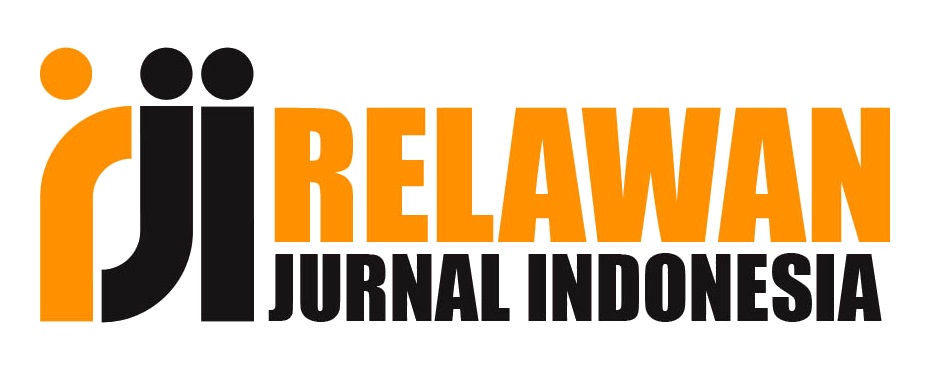IDENTIFIKASI KELAYAKAN INFRASTRUKTUR TEMPAT PENAMPUNGAN SAMPAH (TPS) DI KOTA PALEMBANG
DOI:
https://doi.org/10.52333/lateral.v1i2.243Keywords:
Waste storage, Waste collection, Waste infrastructureAbstract
Containerization, collection, transportation, and final processing form the basis of the waste management system. These systems all require effective integration. Containment is a crucial basic component of waste management that is carried on to the collection system. An appropriate infrastructure is needed to support this system. Temporary waste storage areas with storage tank amenities are known as trash bins or TPS. The feasibility of TPS infrastructure is discussed in this study starting with the current state, the kind of damage that happened, and suggestions for improving the feasibility findings. The field observations, observations, and references for the TPS eligibility requirements, including SNI 19-2454-2002 and Minister of Public Works Regulation Number 03/PRT/M/2013, were employed as the data collection approaches. The garbage sorting criteria have not been met, according to the identification results, but the waste collection time conditions have been met because there is already a collection and transportation schedule, to not exceed 24 hours.
References
Kurniawan, D. A., & Santoso, A. Z. (2020). Pengelolaan Sampah di daerah Sepatan Kabupaten Tangerang. ADI Pengabdian Kepada Masyarakat, 1(1), 31-36.
Gita, P. S. D., Runa, I. W., & Parwata, I. W. (2022). Analisis Infrastruktur Tempat Pengelolaan Sampah 3R Berdasarkan Aspek Teknis dan Partisipasi Masyarakat di Desa Abiansemal Kabupaten Badung Bali. Jurnal Indonesia Sosial Teknologi, 3(10), 1051-1070.
Djiha, S. R., Alfiah, T., Pramestyawati, T. N., & Handriyono, R. E. (2021, February). Teknis operasional pengelolaan sampah Kabupaten Ngawi. In Prosiding Seminar Teknologi Perencanaan, Perancangan, Lingkungan dan Infrastruktur (pp. 386-392).
Marlena, M., Adi, T. J. W., & Warmadewanthi, I. D. A. A. (2020). Evaluasi kinerja aset tempat pengolahan sampah terpadu (TPST) di Kabupaten Sidoarjo. Jurnal Manajemen Aset Infrastruktur & Fasilitas, 4(3).
Amalia, F., & Putri, M. K. (2021). Analisis pengelolaan sampah anorganik di Sukawinatan Kota Palembang. Jurnal Swarnabhumi: Jurnal Geografi Dan Pembelajaran Geografi, 6(2), 134-142.
Oktarini, M. F., Hidayat, H., Murahman, I., Fhadilla, O., & Wicaksana, M. A. (2019). KEPUASAN LINGKUNGAN DAN KEINGINAN PINDAH PADA PEMUKIM DI PERMUKIMAN KUMUH TEPIAN SUNGAI MUSI, PALEMBANG. Applicable Innovation of Engineering and Science Research (AVoER), 349-356.
Gustina, E. (2022). ANALISIS PENGELOLAAN SAMPAH PADAT RUMAH TANGGA PADA MASYARAKAT DI PINGGIRAN SUNGAI MUSI KOTA PALEMBANG TAHUN 2022. Indonesian Journal of Health and Medical, 2(4), 409-416.
Ramadhani, I. I. (2022). WASTE MANAGEMENT SITES-REDUCE, REUSE, AND RECYCLE (TPS3R) CONSTRUCTION STUDY IN SEKANAK AREA, PALEMBANG CITY. International Journal of Engineering Applied Sciences and Technology, Vol. 7, Issue 2, 16-23.
Ikhsandri, I. (2014). Kajian Infrastruktur Pengolahan Sampah di Kawasan Berkembang Jakabaring Kelurahan 15 Ulu Kota Palembang.
Jimmyanto, H., Zahri, I., & Dahlan, H. (2017). Identification of Solid Waste Management System in Household at Palembang City. Sriwijaya Journal of Environment, 2(2), 58-61.
Ningsih, A. S., & Sugiarto, S. (2020). Faktor yang berhubungan dengan pengelolaan sampah rumah tangga di Kecamatan Danau Teluk Kota Jambi. Jurnal Ilmu Kesehatan Masyarakat Berkala, 2(2), 18-24.
Permatasari, R., & Firda, A. (2023). Strategy for Increasing Solid Waste Levy Revenue in Ogan Ilir Regency, South Sumatera Province. Indonesian Journal of Environmental Management and Sustainability, 7(3), 104-115.











